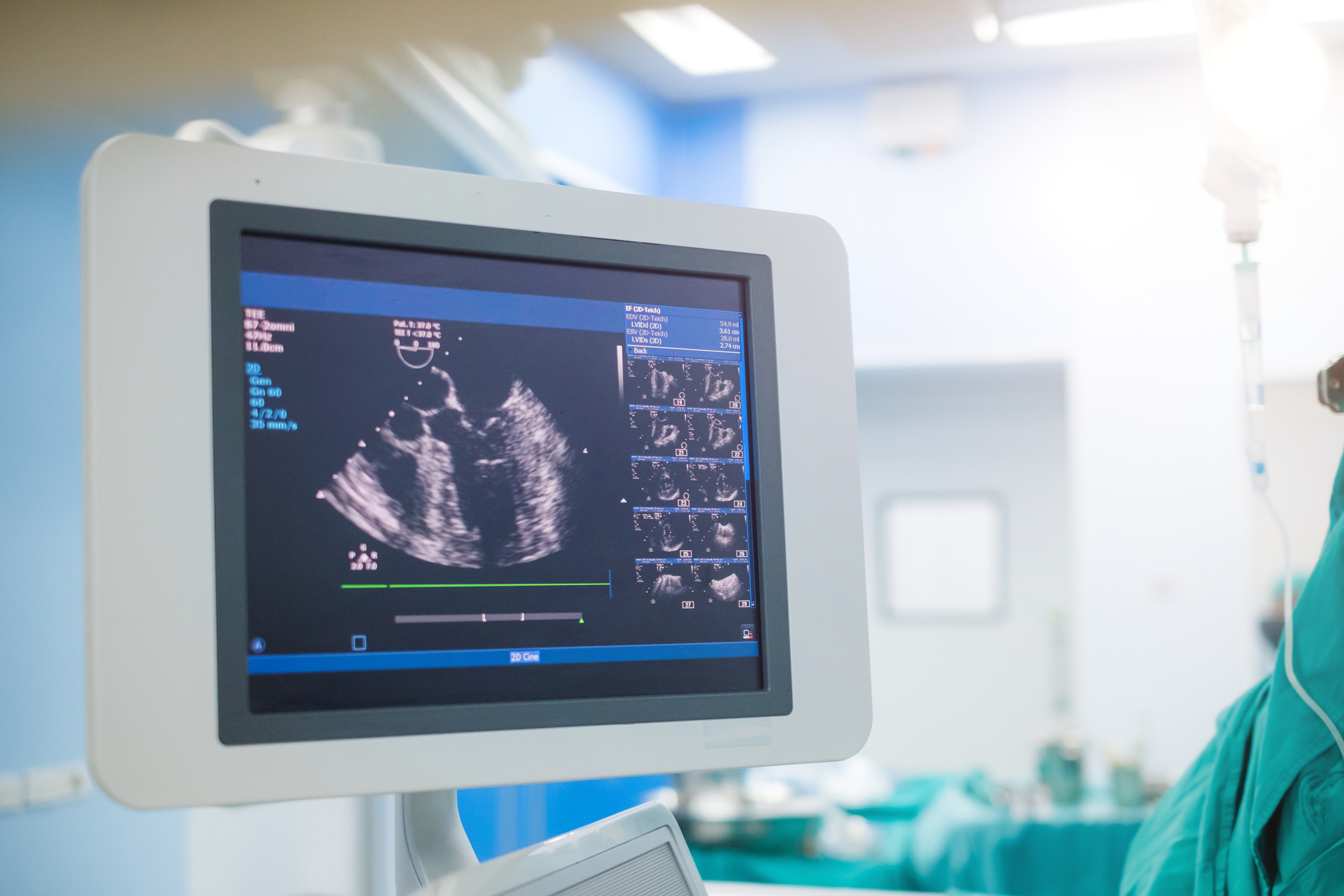
DIAGNOSING COPD
Since COPD is a long-term disease, early diagnosis is important to enable the commencement of treatment and management to slow its progression, avoid hospitalisations, reduce mortality (death) risk and optimise your quality of life.
COPD is typically diagnosed according to the presence of several factors. These include the presence of symptoms such as breathlessness (particularly on exertion), cough and sputum (phlegm), a history of smoking or exposure to other noxious agents, and a presence of impairment on lung function tests (spirometry demonstrating airflow limitation).
Diagnosing COPD takes into account:

Lung function tests (spirometry)

Level of breathlessness

Impact on activity and exercise

Presence of other co-existing medical conditions
Following a detailed clinical examination, your medical practitioner will order relevant investigations to help form an accurate diagnosis. This will typically involve completing some breathing tests known as lung function tests. This will almost certainly involve completing ‘spirometry‘ but may involve other tests depending on your individual circumstances. A short description of some of these is provided here. Watch the video demonstrating a spirometry test below.
Spirometry should be performed regularly to help monitor your COPD
Other tests your medical practitioner might order include:

Chest x-ray

CT chest

Arterial blood gas

Laboratory tests